Condenser microphones are the darlings of studio recording. Their unrivalled sensitivity and fidelity make them the top choice among microphone types for recording both podcast dialogue and musical instruments. Condenser mics are much better for studio environments, while their blue-collar cousins - dynamic mics - are more common in live performances. In other words, condenser mics are the sensitive artists of the microphone family! Let's dive into how they work and which one you should consider for your next podcast episode.
How exactly does a condenser microphone work?
If you open up a condenser mic, you'll see a thin sheet of metal called a diaphragm. The diaphragm and backplate function as conducting plates. When sound vibrates the diaphragm, the distance between the two plates changes, resulting in a fluctuating electrical charge. This charge is then transmitted to your recording device or amplifier.
Key technical terminology
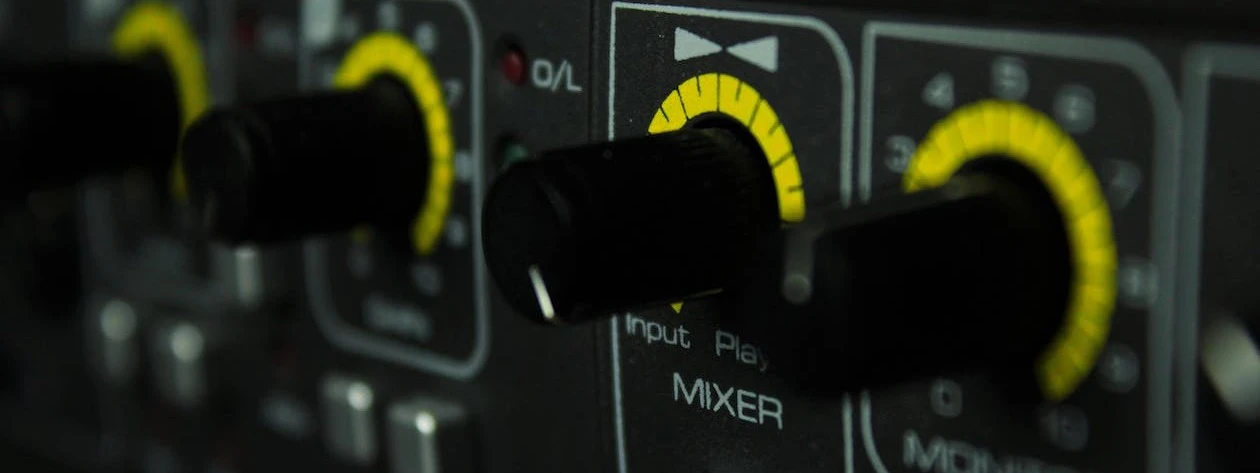
Transient response?! Omnidirectional large diaphragm?! Aaaah! Researching condenser microphones can be scary. Here are explanations of a few helpful key terms that will pop up while you do.
Phantom power

Tip: Spot the tiny red 48V phantom power switch on this image of an audio interface!
Condenser mics all require an external power supply to operate. They either use an onboard battery or a "phantom power", which is a low 48V charge sent from your recording interface to the mic. This signal is weak, but it's enough to boost the incoming audio signal while lowering the noise floor. Usually, there's a little switch on your audio interface labelled 48V. It needs to be set to ON for your condenser mic to work.
Tip: if you're planning on purchasing a handheld audio recorder or mixing desk for your podcast, make sure it has phantom power!
Diaphragm
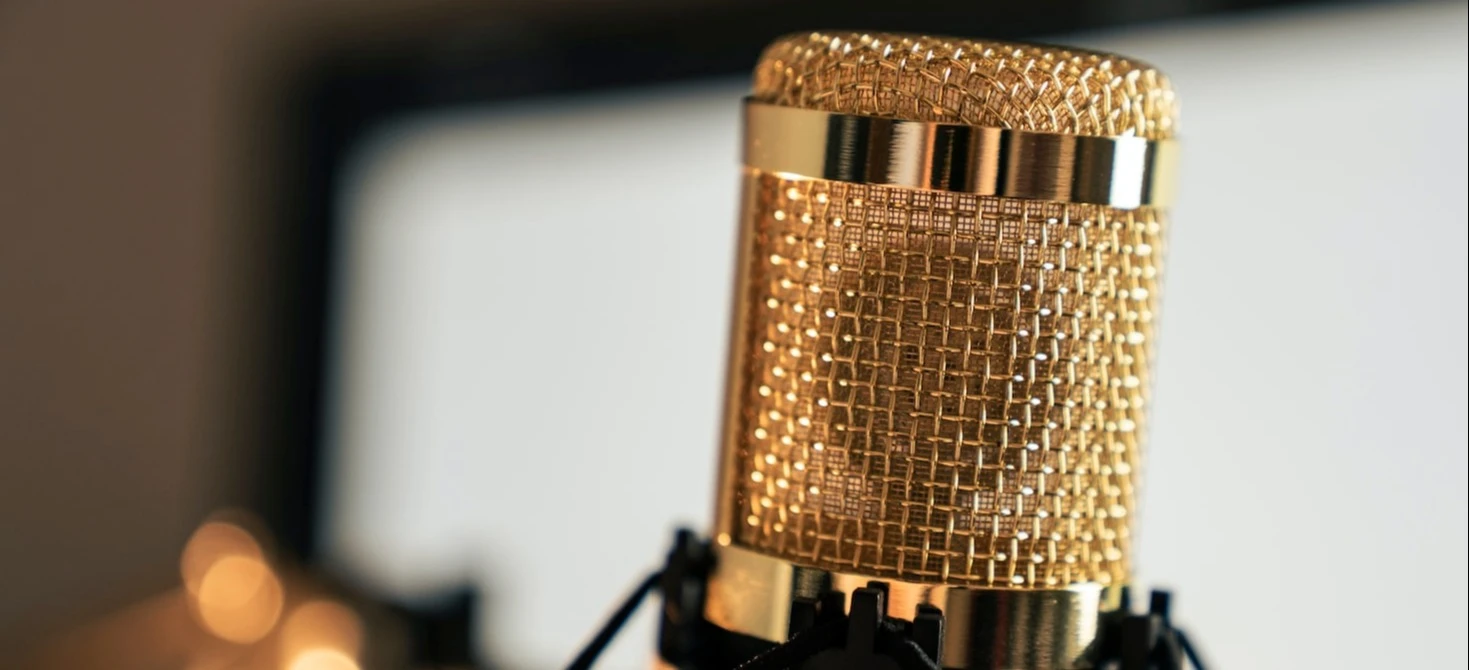
Tip: See the circle inside the microphone casing? That's the diaphragm.
The diaphragm is the metal sheet which vibrates with the air pressure of your voice, causing an electrical current. Because a condenser mic uses an external power supply, it doesn't require raw sonic energy to move the diaphragm, as is the case with a dynamic mic. As a result, the diaphragm can be ultra-thin, enabling it to vibrate much more freely and a lot faster. A much more accurate sound! Large-diaphragm condenser microphones are more sought-after because they capture less noise and a 'warmer' sound.
Polar pattern
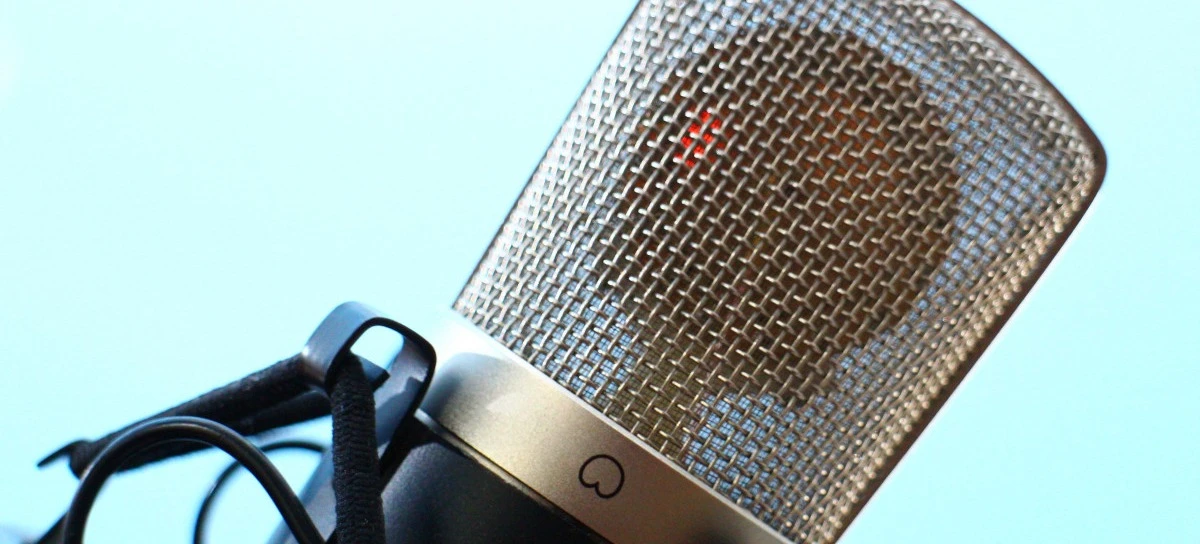
Tip: see the upside-down heart shape on the rim of this mic? That means it has a cardioid polar pattern.
The polar pattern of your mic will determine how it records sounds coming from different directions. Condenser microphones usually offer multiple options, so look out for a little switch with diagrams representing the different types. The most common polar patterns are:
- Cardioid: heart-shaped
- Omnidirectional: circular
- Figure-8: two intersecting circles
So, for example, a mic set to a cardioid pickup pattern will record more sound coming from one side of the room than the other, so position the microphone correctly and you can eliminate a degree of background noise. Win!
Other types of microphones

If condenser mics are designed for accuracy and sensitivity, what are some of the other purpose-built microphone types?
Dynamic microphones
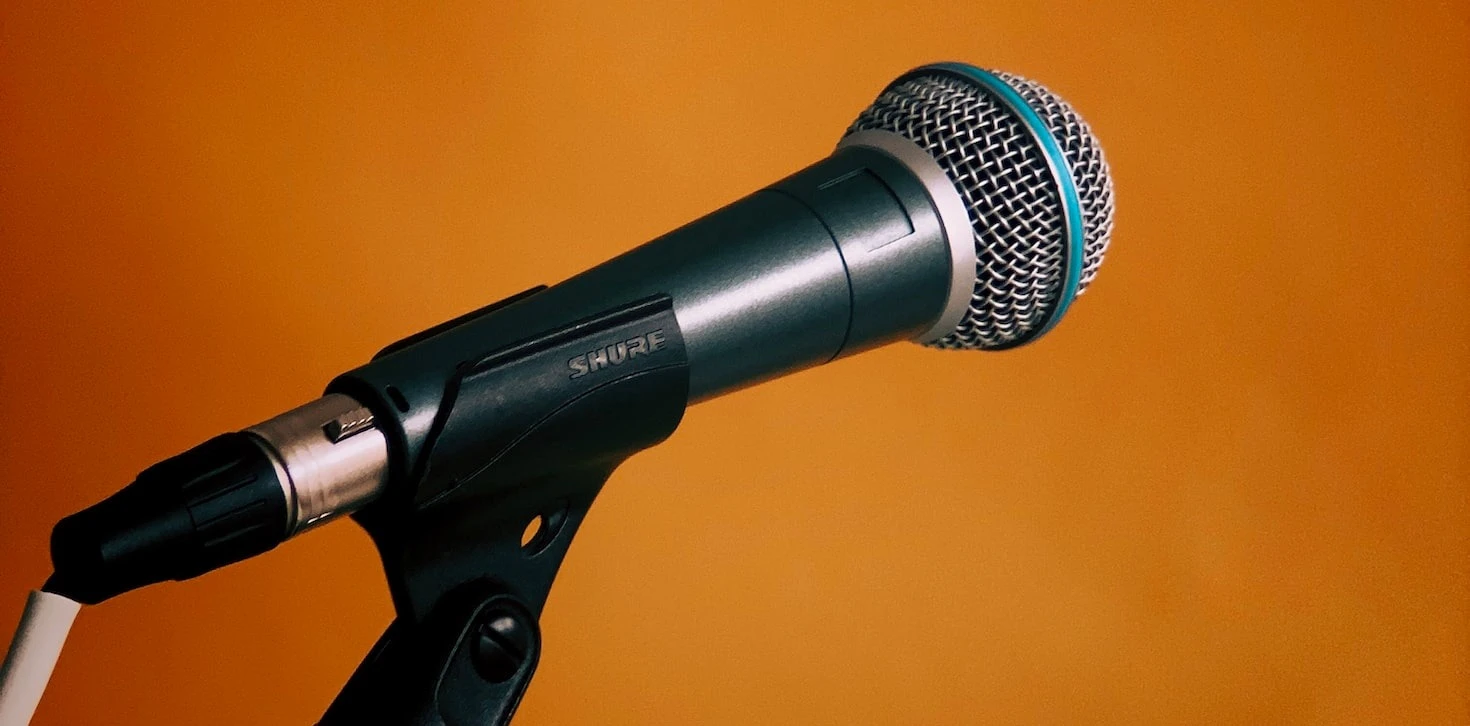
Dynamic microphones are the workhorses of the microphone world. They are extremely rugged and designed to handle higher sound pressure levels than condenser mics. They're great for recording louder sources such as drums or electric guitars, as well as live shows and vocals. Unlike condenser mics, dynamic mics don't require phantom power and tend to cost less. When you think of a 'normal' mic, you're probably picturing a dynamic one like the time-honoured Shure SM58.
Lavalier microphones
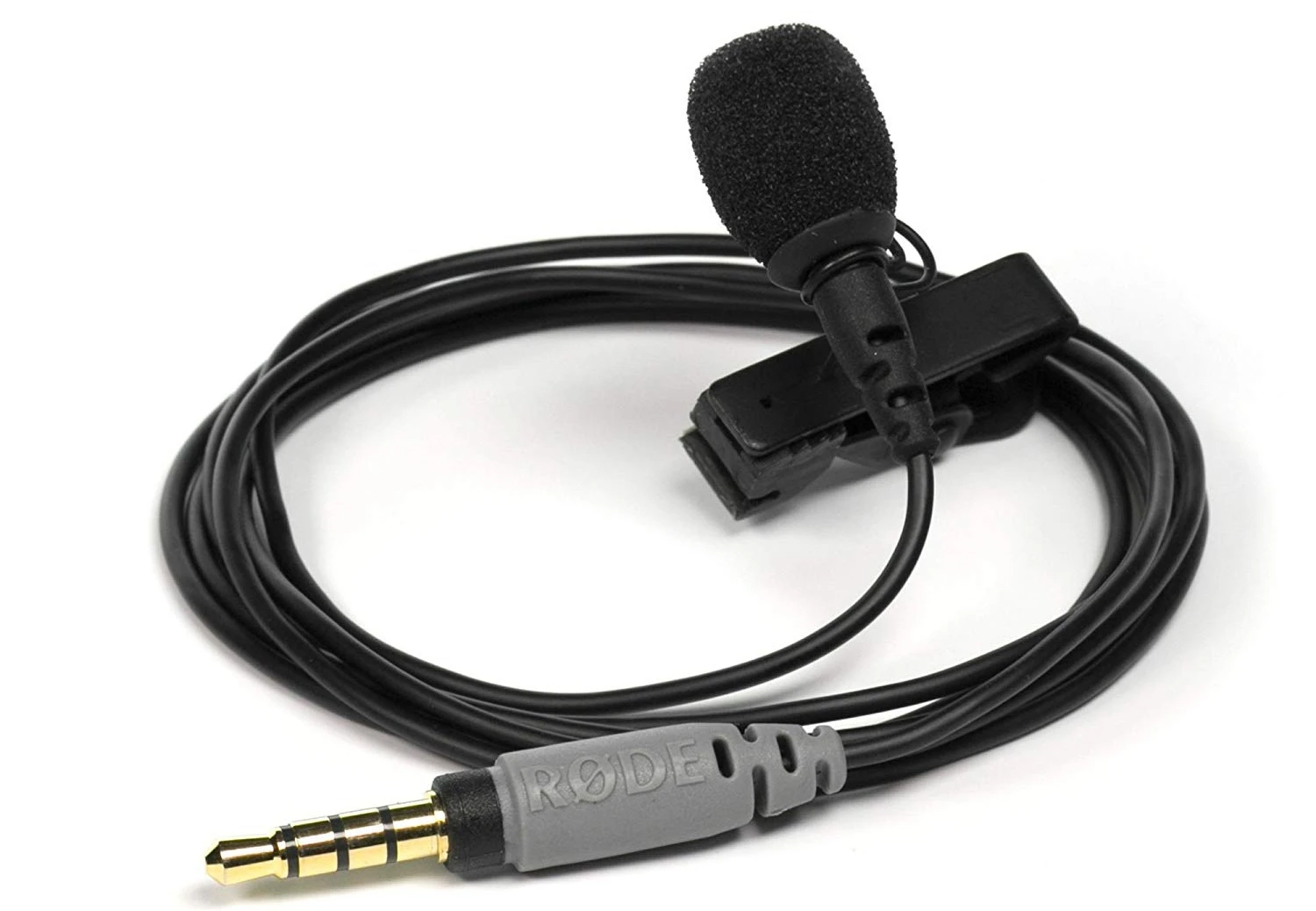
Lavalier microphones, also known as lapel mics or clip-on mics, are small microphones that attach to clothing and are designed for unobtrusive, hands-free use. They're perfect for capturing audio in interviews, presentations, and more. These tiny mics are usually omnidirectional and can pick up sound from all directions with clarity. What they lack in sound quality they make up for in mobility. Useful for podcasting on the move and for creating obstruction-free video presentations.
Tube microphones
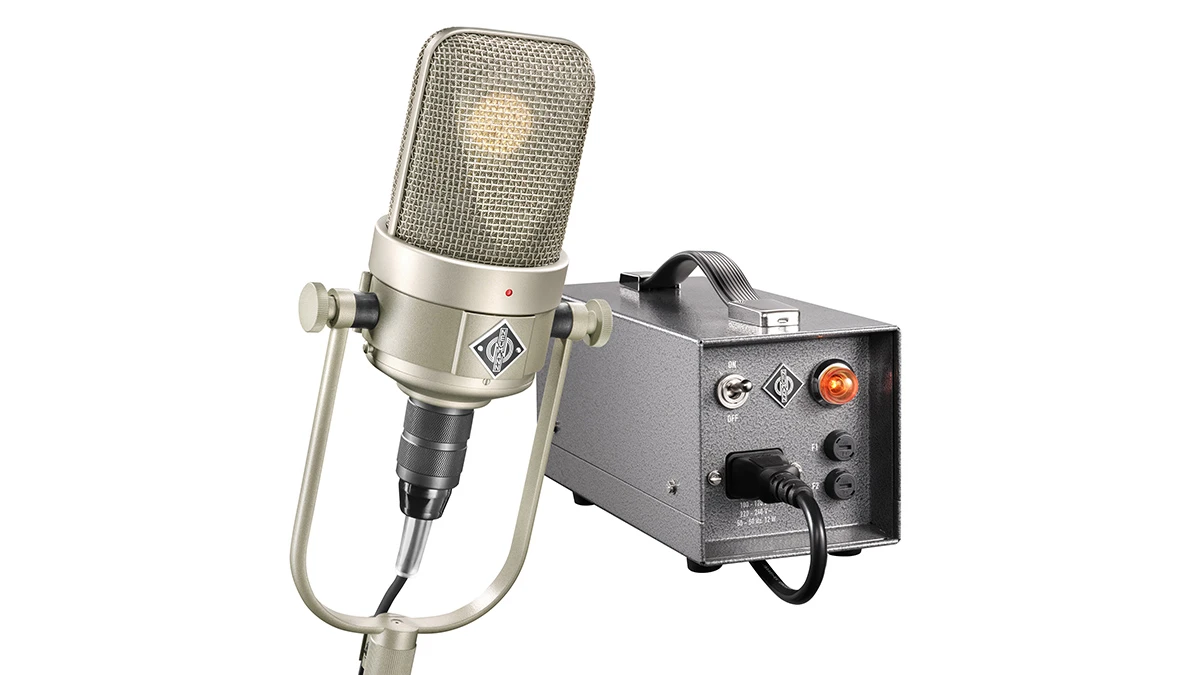
Tube microphones are a type of condenser microphone that use vacuum tubes as amplifiers. They are renowned for their warm, natural sound and are often used in recording studios to capture a fantastic, warm sound quality. Tube microphones have the added advantage of offering a variable polar pattern, which allows for directional recording.
Tip: Microphones have had 150 years to evolve, and there are an endless variety? View an exhaustive list of microphone types.
Which condenser mic should I choose?

Wait! Before you rush out to get a condenser mic, is your recording environment quiet? Because if you're planning on recording in a room with background sounds, you're better off with a less sensitive mic. Why? Well, you know how your eyes can't focus on foreground and background objects at the same time? It's the same with hearing. Your ears (actually your brain) will filter out low-level sounds when paying attention to a speaker.
A sensitive condenser microphone doesn't work that way. It will treat unwanted room echoes with equal importance as your voice! So in the case of noisy or untreated recording environments, you're probably better off with a dynamic microphone because it tends to only record whatever is close by. In this case, your mouth.
If you're confident in the sound quality of your room and set on getting a condenser, your choice will rely on these factors:
- Price: Quality and features can vary greatly between models. Remember that a microphone only records and won't make your storytelling or show planning any better!
- Volume: How loud are the voices you're planning to record? Indoor or outdoor? The louder the overall input sound, the less sensitive the mic needs to be
- Acoustic treatment: how soundproofed is your recording environment? No good getting a high-end mic if you're recording in the shower.
Pros and cons of condenser mics?
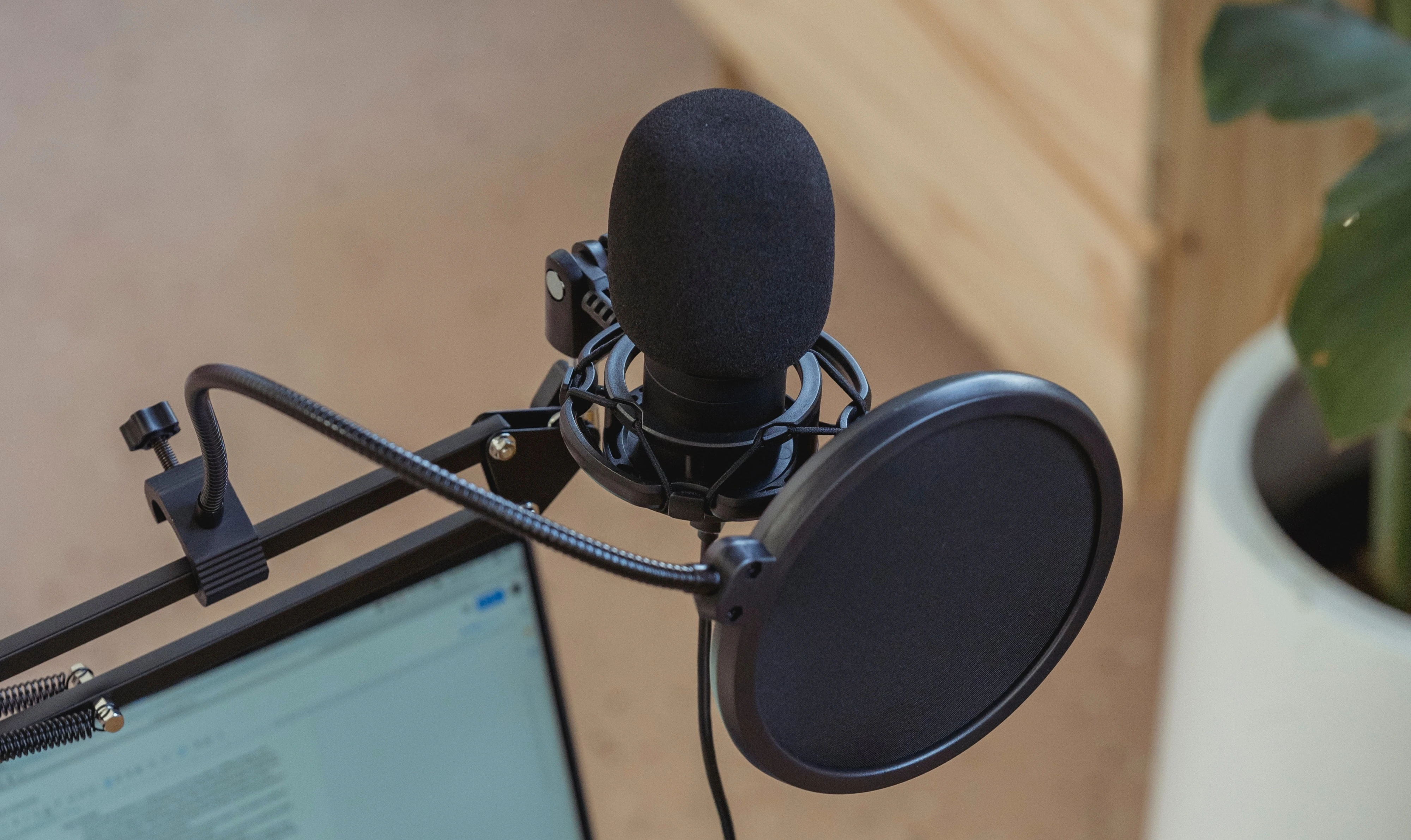
Pros
- High-fidelity recording: captures detail, even from a distance: outstanding sound quality and transient response.
- Low amplifier noise: less background hiss.
- Wide range of polar patterns: record sounds from different directions.
- Looks professional.
Cons
- Cost: more than dynamic mics.
- Phantom power: can require batteries or additional equipment to function.
- Accessories: requires additional accessories (shock mount and stand) to prevent recording handling sounds.
- Sensitivity: Picks up even unwanted sounds like table bumps and stomach rumbles.
- Build: typically a bit heavier and more sensitive to damage.
- Size: bigger build obstructs face when filming video.
How much does a condenser mic cost?
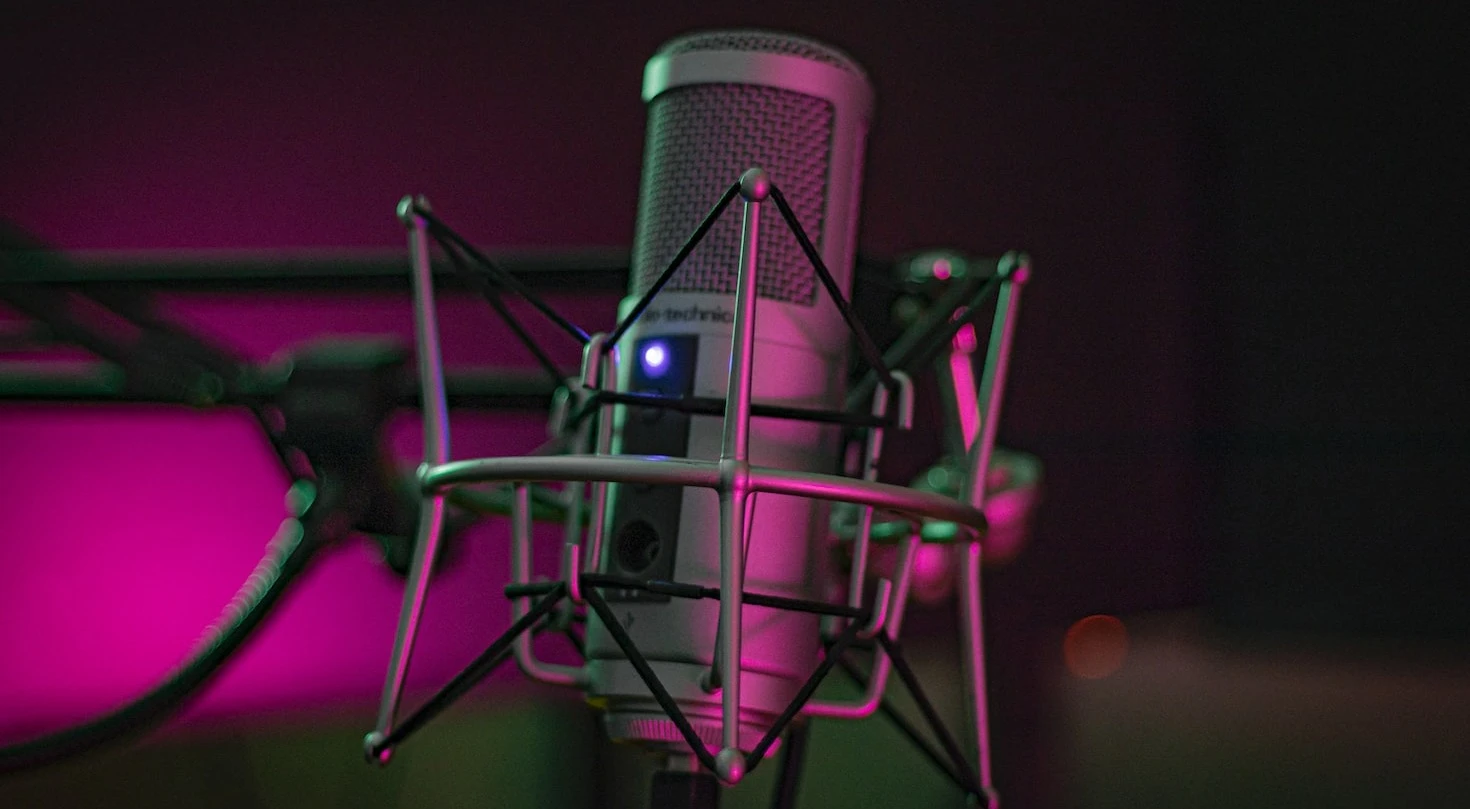
Microphones are a little like wine brands. Some are overpriced, while others offer great bang for buck. There is no universally accepted standard. And yeah, there's a huge price range. There are a variety of condenser mics available in the $50-200 price range, which do the job just fine. You can also spend over $1000 for a high-quality studio condenser mic. But price is no guarantee of sound quality. A cheaper mic can still deliver excellent results if used correctly.
As a podcaster, your microphone choice is actually not terribly important. You're only typically recording voices, not Stradivarius violins! Mics don't magically allow you to tell better stories or find better guests. So unless you're really technical about audio, leave the rabbit hole of options for those who are and just purchase something within your budget that has good reviews. Then get busy planning and recording a kickass show. Don't sweat it!
Best condenser microphones
Rode NT1

Solid as a rock, favoured by musicians and podcasters alike, the Rode NT1 is an industry standard for studio vocal performances. Exceptional mic with low noise levels and supreme value for money.
View on Amazon
Neumann TLM 103
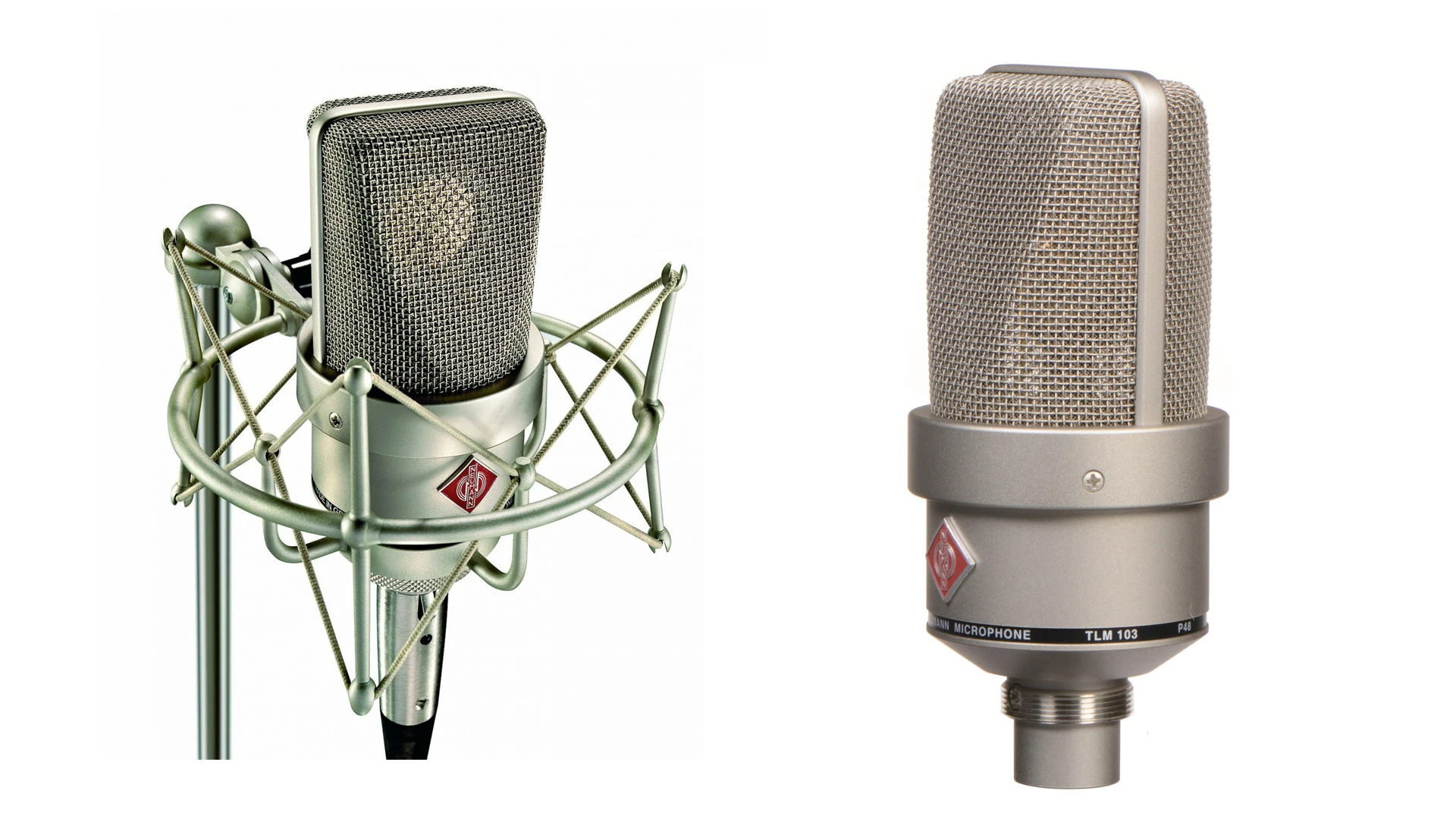
Not many of us can afford the Neumann U87, but the Neumann TLM 103 does a good job of delivering its sought-after sound for less. As large-diaphragm condenser microphones go, the TLM 103 is a solid workhorse and a safe bet.
View on Amazon
Slate Digital VMS ML-1
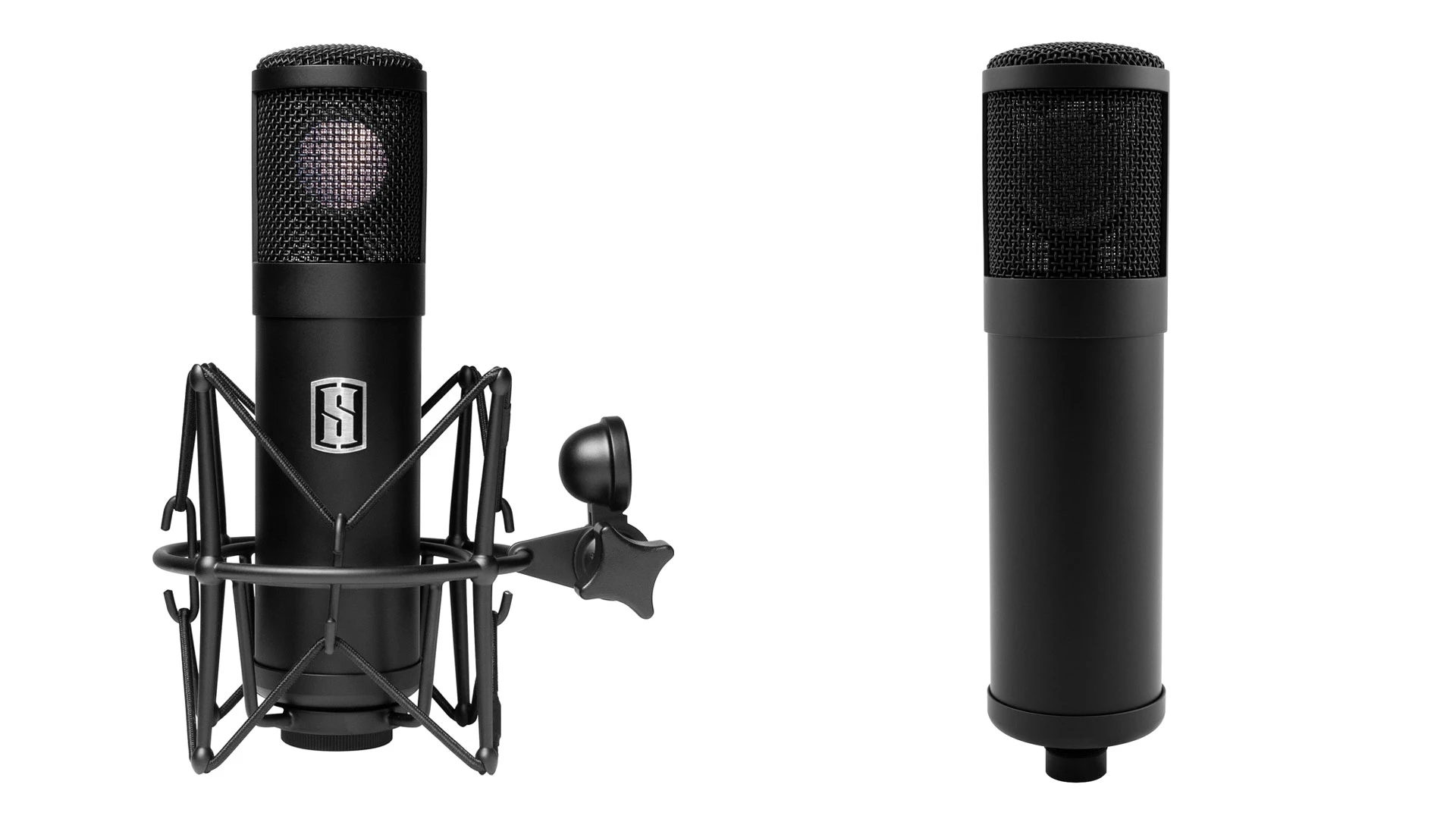
Recording other stuff besides podcasts? For those who need a bit of versatility in their toolkit, the Slate Digital VMS ML-1 offers a variety of sound options.
View on Amazon
Audio Technica AT2020
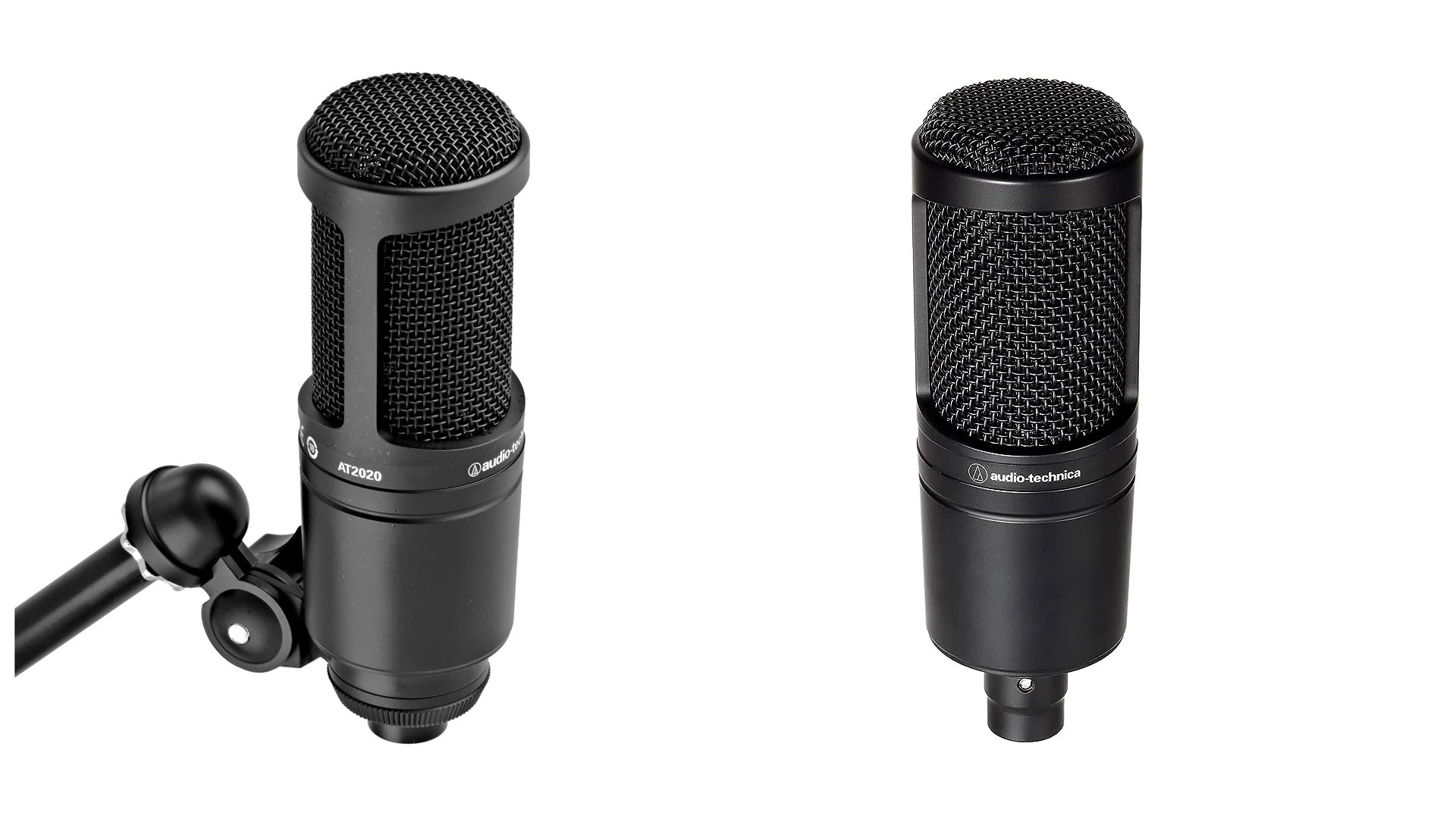
This much-loved budget condenser frequently appears in the podcasting world and delivers more than its price tag suggests. Recommended!
View on Amazon
Conclusion
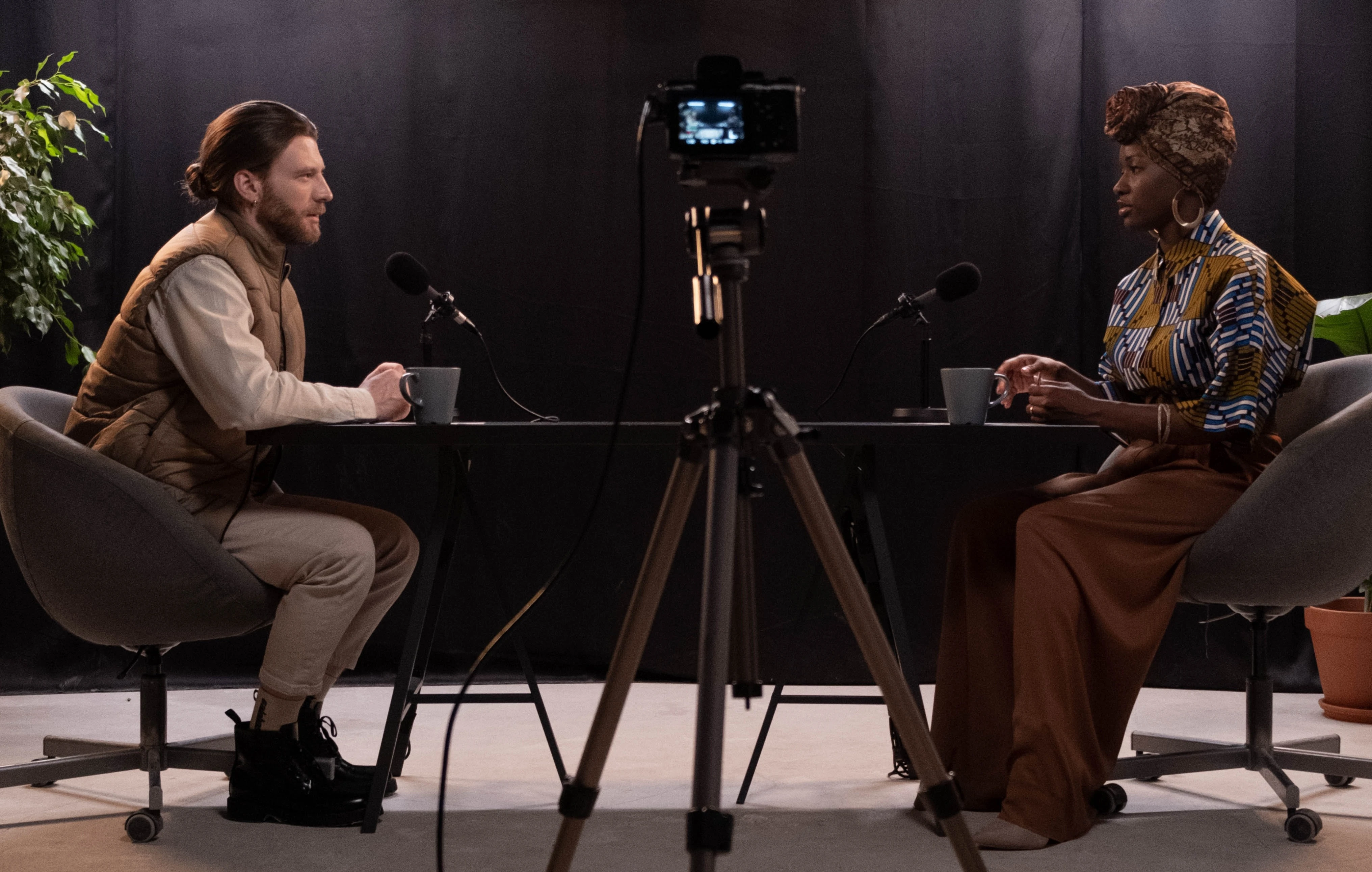
In conclusion, condenser microphones are a great choice for podcasters due to their high-fidelity recording capabilities and wide range of polar patterns. They are typically more expensive than dynamic mics but offer greater features and sound quality. When choosing a condenser mic, it is important to consider the cost, volume, acoustic treatment, and accessories needed.
Got a mic? Book your free consultation with Saspod, and let's talk about how you can take your podcast to the next level.
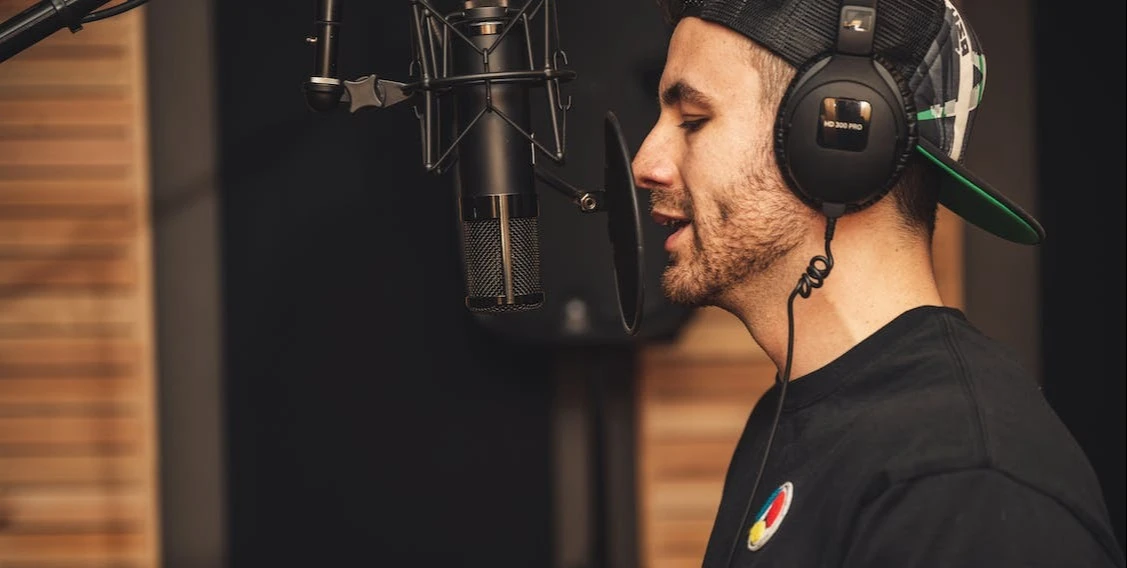

Comments
No comments yet!